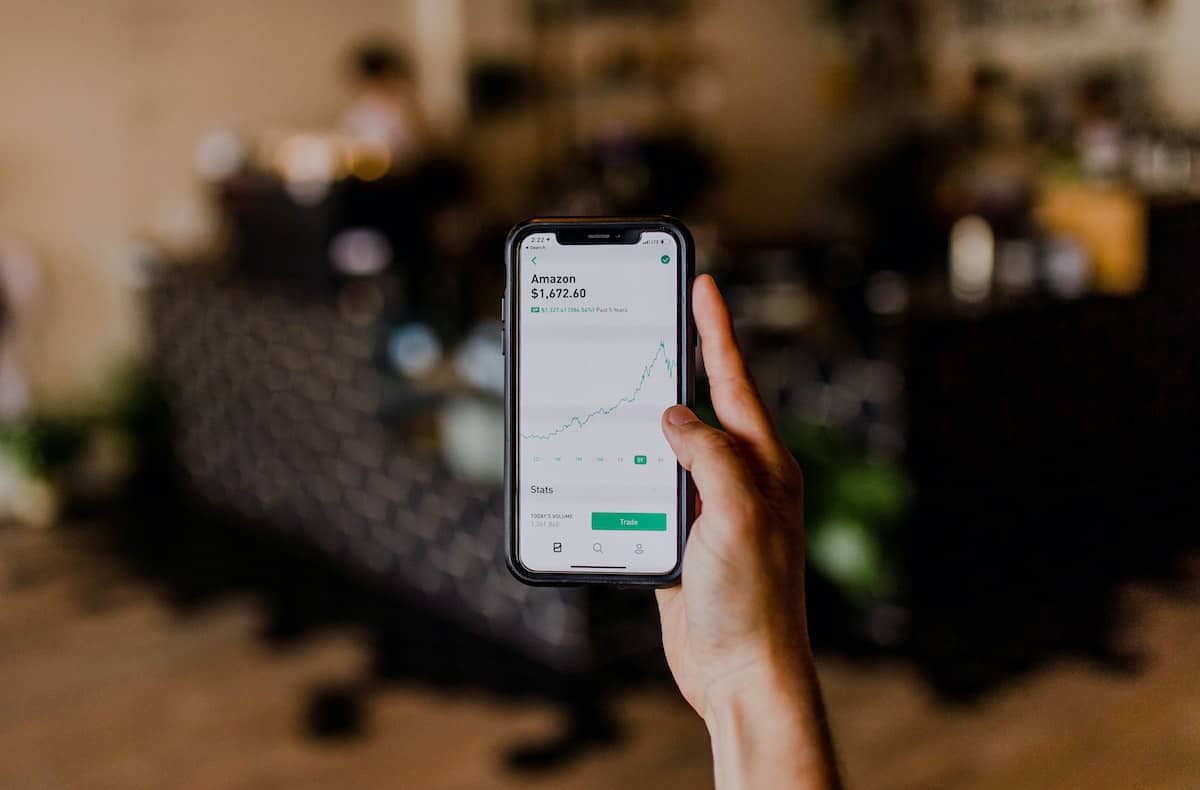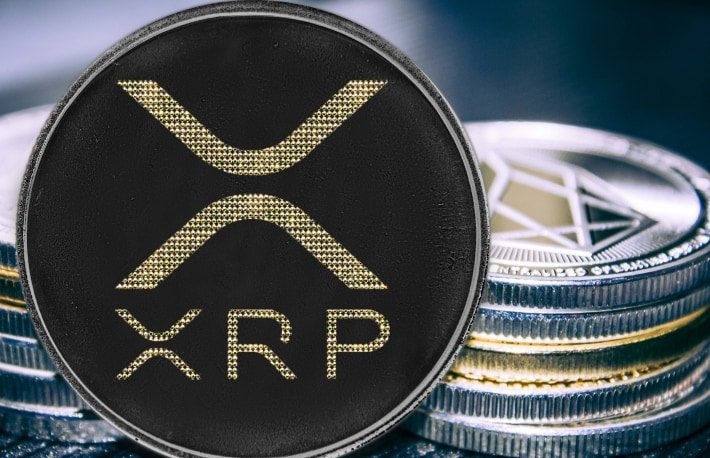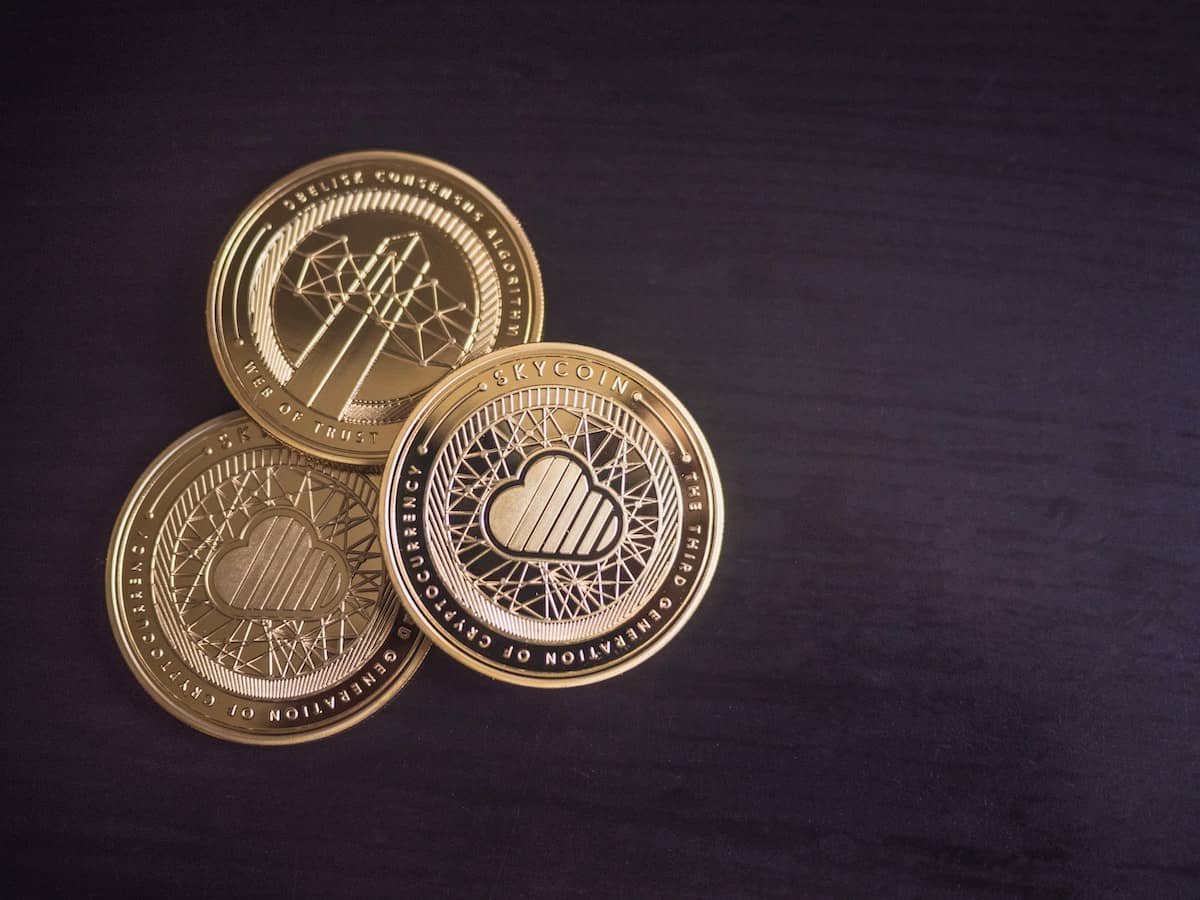In the often-confusing world of cryptocurrency, one name stands out: bitcoin. Since its inception in 2009, bitcoin has become sort-of analogous to cryptocurrency, with many people thinking they’re one and the same.
However, bitcoin is just one of the many cryptocurrencies that are floating around on the internet, and while it is the biggest cryptocurrency out there, it certainly isn’t the only one.
Over the past year, Ripple’s XRP cryptocurrency has been making waves, surging by 70% in November of 2020 alone, and quadrupling in value throughout 2020. Currently, XRP is the third-largest cryptocurrency platform out there, closely following (and closing the lead fast) Ether and Bitcoin thanks to renewed interest in cryptocurrencies because of the COVID-19 pandemic.
But before we get into XRP, let’s tackle an important question:
What Exactly is Cryptocurrency?

The whole concept of cryptocurrency is such a long discussion that involves the idea of money, economy, digital technology, and cryptography, that we’re not going to go too in-depth; instead, we’ll talk about the basics as simply as possible.
One of the most controversial financial topics of the 2010s has to be cryptocurrency. In essence, cryptocurrency is digital money that isn’t controlled by any bank or government; instead, cryptocurrency relies on a technology called blockchain, which is sort-of like an online ledger that uses a very specific type of coding to store data.
In the world of cryptocurrency, blockchains are used to store transactional data between buyers and sellers. For people to earn cryptocurrencies, they can do one of two things: they can either convert their current currency to a cryptocurrency, or they can ‘mine’ for it. Mining cryptocurrency requires adding your computer’s computational powers to the blockchain servers in order to help keep the database running.
If it sounds complicated and confusing, don’t worry, you’re not alone: cryptocurrency is so new and so radical a tech that many governments around the world (including most of the United States) still don’t recognize cryptocurrencies as a legitimate form of money.
Without getting too deep into it, here’s why governments don’t like cryptocurrency: cryptos like Bitcoin, Ether, and XRP aren’t tied to a particular resource (i.e. gold, oil, etc.) like traditional money. Instead, a cryptocurrency’s value is directly tied to consumer demand and scarcity. However, perhaps the biggest qualms governments have with cryptocurrency is that it is not controlled by a central bank or a government: cryptocurrency is decentralized, with a highly transparent set of rules and regulations outside of any traditional media.
This, of course, has its ups-and-downs: without third-party/middlemen (i.e., banks and other financial institutions), cryptocurrency flows directly from buyer to seller completely, with no additional fees or oversight. But that lack of oversight also means that transactions over illegal items and services (i.e. drugs, dangerous weapons, human trafficking, etc.) rely heavily on cryptocurrency.
However, in 2020, many quarantine entrepreneurs, with businesses they started from home, are switching over to crypto-ready payment systems as well, which means that, as of the moment, legitimate businesses are still outranking illegal transactions (at least, that’s what the online ledger seems to tell us).
This, of course, hasn’t stopped millions of people from investing in cryptocurrencies, seeing it as a truly free and democratic way of dealing with the concept of money in the modern world. While Bitcoin is still reigning supreme over all other cryptos, XRP is fast-becoming the new crypto of choice for many investors.
Why is XRP The New Bitcoin?

In 2020, interest in cryptocurrency surged to an all-time high, mostly fueled by fears of a collapsing world economy and anxieties over cashless payments. While Bitcoin enjoyed a near all-time high of almost $20,000, this rising tide raised all ships, including XRP.
Ethereum’s Ether, while still solidly in second place in terms of value and usage, is losing a lot of ground to XRP, with many analysts predicting that XRP is going to overtake Ether in a span of a few months and going on to challenge Bitcoin’s decade-long dominance of the cryptocurrency economy in just a couple of years.
But this speculation isn’t out of nowhere: all three cryptos gained value in 2020, with Bitcoin gaining 8% and Etherium gaining 30%. However, XRP jumped a whopping 70% gain in a span of a few months, with steam from this gain likely to stay over the next couple of fiscal years.
The secret to XRP’s success? Scalability, ease-of-use, and a bid for its technology to be leveraged by a centralized bank. The latter reason is what sets it apart from the other cryptos: it’s willing to work with government -in this case the European Union -to help the Euro convert to a digital economy, thus bringing it into the future and moving away from outdated concepts such as fiats and monolithic banking institutions. From niche crypto, XRP is now becoming a viable option for people who want to create wealth and retire rich, albeit not without issue.
Of course, this doesn’t come without controversy: many in the crypto community see this as a betrayal of their ideals of a community-driven and community-moderated currency that is free of Big Brother’s involvement. Despite this, however, XRP is fast-becoming ‘the new Bitcoin’ because of the amount of capital pouring into it from people who see it as a great middle-point between traditional currencies and digital ones.
Is XRP a Safe Investment?

Let’s make one thing clear: there is no such thing as a completely safe investment. Any investment, whether in stocks, banks, government bonds, even foreign currencies (just don’t get scammed by Iraqi Dinar ‘Gurus’) and cryptocurrencies, carry with it a nominal amount of risk. That being said, investing in XRP at the moment can be lucrative.
But, again, that being said as well, the cryptocurrency market is not something to make quick and easy money from: the price of cryptocurrencies, whether XRP or otherwise, can fluctuate wildly in a span of days and weeks, and trading crypto can be difficult. This means that just because you’re in possession of a Bitcoin or an XRP doesn’t mean that you’ll have buyers lining up around the corner. Just something to think about.